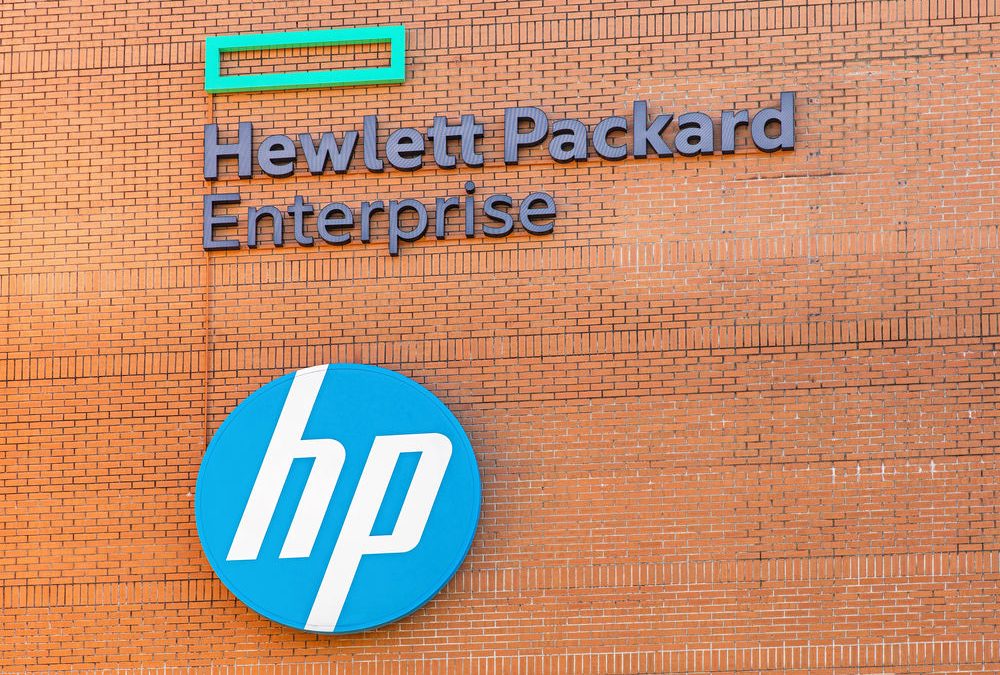Bank of America has downgraded HP Inc. (NYSE: HPQ) from a Buy to a Neutral rating due to concerns over declining margins in the company’s printing division.
Analyst Wamsi Mohan cited that any growth in earnings per share (EPS) is expected to come primarily from share buybacks—estimated at a 4% reduction in share count—rather than operational improvements.
Despite the downgrade, Mohan maintained his price target at $37, which aligns with the current trading price, suggesting limited potential for stock appreciation.
The core issue revolves around HP’s printing segment, where operating margins are projected to revert to 18%, the middle of their historical range. Print revenues are expected to decline by 5% in fiscal 2024, followed by 3% and 2% decreases in 2025 and 2026, respectively.
Mohan expressed that cost reductions and supply chain issues during the COVID-19 pandemic had temporarily inflated print margins, a situation that is not sustainable in the long term.
Any further erosion in print margins could exert additional pressure on HP’s earnings.
Vyopta acquisition
In an effort to diversify and strengthen its portfolio, HP recently acquired Vyopta, an Austin-based software company specializing in collaboration management solutions.
Although the financial terms were not disclosed, this strategic move aims to enhance HP’s offerings in workplace solutions and improve employee experiences.
The acquisition will expand HP’s capabilities in advanced analytics and monitoring for unified communications networks, potentially opening new revenue streams.
Benefits of CHIPS Act
HP is also set to benefit from the CHIPS and Science Act, having signed a tentative agreement to receive up to $50 million in proposed funding.
This aid will support the expansion and modernization of HP’s facility in Corvallis, Oregon.
The investment is expected to bolster the company’s manufacturing capabilities in silicon devices crucial for life sciences research and development.
On the technology front, CEO Enrique Lores emphasized the significant role of artificial intelligence in driving future PC demand.
HP plans to integrate AI into its product lineup to facilitate hybrid work environments and boost employee productivity.
The company anticipates that AI-enabled PCs will become a major growth driver by 2025 and 2026.
Lores projected that within three years, AI PCs could constitute about 50% of market shipments, potentially increasing the average selling price of PCs by 5% to 10%.
HP misses Q3 earnings, lowers full-year guidance
Despite these forward-looking strategies, HP’s recent third-quarter earnings report highlighted some challenges.
The company reported adjusted EPS of $0.83, missing analyst expectations of $0.86. Revenue for the quarter stood at $13.52 billion, slightly surpassing the anticipated $13.36 billion.
However, HP lowered its full-year EPS guidance to a range of $3.35 to $3.45 from the previous $3.30 to $3.60, indicating tempered expectations for the near future.
Analysts divided on HP: price targets range from $30 to $37
Analyst opinions on HP remain mixed. Wells Fargo maintains an Underweight rating with a $30 price target, expressing concerns over ongoing weaknesses in both the PC and printing segments.
Citi Research holds a Buy rating with a $37 price target, focusing on the potential revenue growth from AI-enabled PCs in the coming years.
Barclays has adjusted its price target slightly downward to $32 from $33, maintaining an Equal Weight rating and expressing skepticism about the immediate financial impact of AI PCs.
HP’s undervaluation and strong returns make it a compelling buy
From a valuation standpoint, HP’s forward P/E ratio is approximately 10.3, which is lower than that of competitors like Dell Technologies (12.99) and Lenovo (12.51).
This suggests that HP may be undervalued relative to its peers. The company has been aggressive in returning capital to shareholders, averaging $3 billion per year in stock buybacks since 2016.
With a dividend yield of around 3% and a 12% annual increase in dividends per share since 2016, HP demonstrates a strong commitment to shareholder returns.
While HP faces challenges in its printing division and awaits the anticipated demand for AI PCs, its strategic acquisitions and shareholder-friendly policies offer a nuanced investment case.
The stock’s current valuation reflects both the risks and opportunities ahead.
To gain a clearer picture of HP’s potential trajectory, it’s essential to examine not just the fundamentals but also the technical aspects influencing its stock performance. Now, let’s see what the charts have to say about the stock’s price trajectory.
Strong bounce brings bulls back in control
HP’s stock made its all-time high near $23 in June this year but then crashed to $16 in the next few weeks.
Source: TradingView
However, it has seen a strong bounce back since 10th September that has brought it back above $20 levels indicating that the medium-term downtrend might have come to an end.
Considering that investors who are bullish on the stock can open fresh long positions at current levels with a stop loss at $15.75. If the upward momentum sustains, we can see the stock making fresh all-time highs soon.
Traders who are bearish on the stock must not short it at current levels given the bullish momentum it is witnessing. A short position must only be considered if the stock falls below its 100-day moving average which is currently at $19.13.
The post BofA downgrades HP over printing margins: should investors sell? appeared first on Invezz

